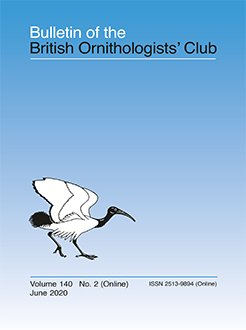We present new data on the breeding biology and biometrics of Silver-beaked Tanager Ramphocelus carbo in south-west Brazilian Amazonia. R. carbo is widely distributed in South America, but its reproductive ecology is little studied. We made observations on the species in a terra firme forest fragment in the capital city of the state of Acre, between 1999 and 2020. We monitored 12 nests between 2012 and 2020, built at a mean height of 1.3 m above ground. Clutch size was two eggs, incubated for 13 days. We monitored the development of 11 nestlings: minimum hatch weight was 1 g and young fledged with a mean mass of c.18.9 g. The constant growth rate (K) of nestlings was 0.48 with a growth asymptote of 22.1 g. Daily survival rate was 91% and 98% during the incubation and nestling periods, respectively. Mayfield success in the incubation and nestling periods was 28% and 74%, respectively. Apparent nesting success in the incubation and nestling periods was 62% and 82%, respectively. We recorded a minimum longevity of 11 years, six months and 28 days. The subspecies R. c. connectens breeds mainly in the rainy season (October–January) overlapping with the moult period.
How to translate text using browser tools
22 June 2020
Breeding biology and biometrics of Silver-beaked Tanager Ramphocelus carbo connectens in south-west Brazilian Amazonia
Jônatas Lima,
Edson Guilherme





